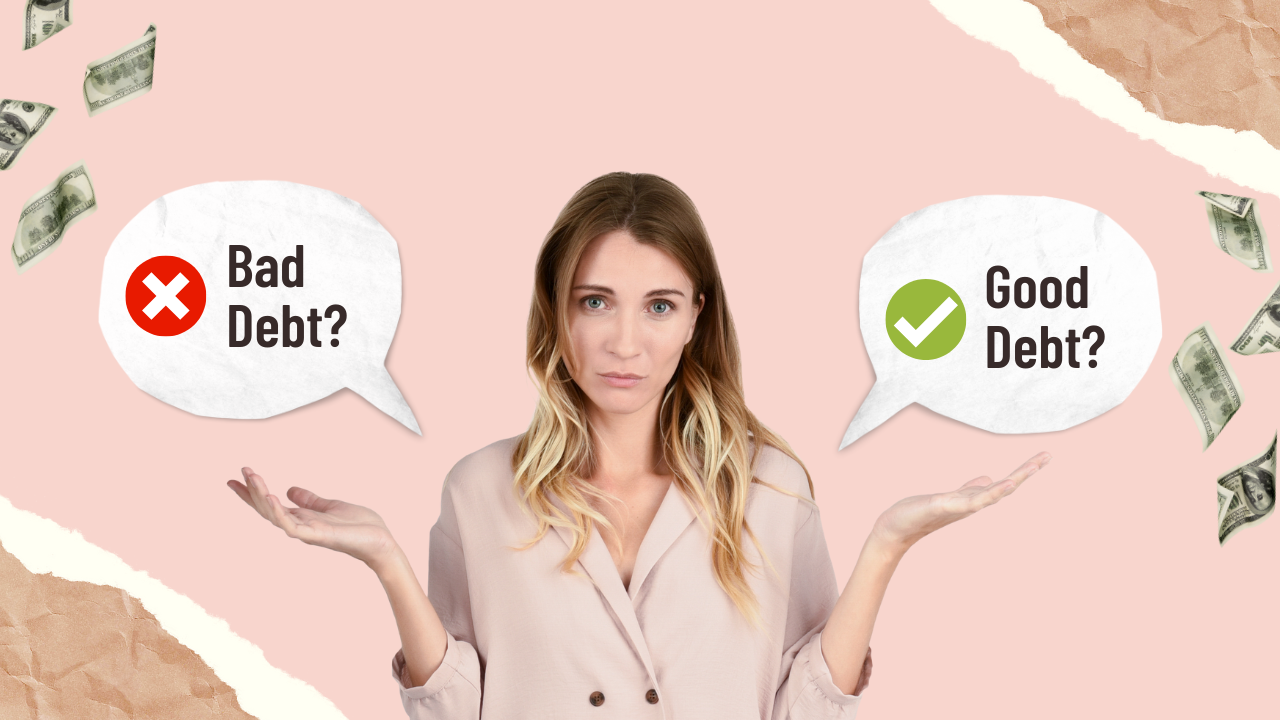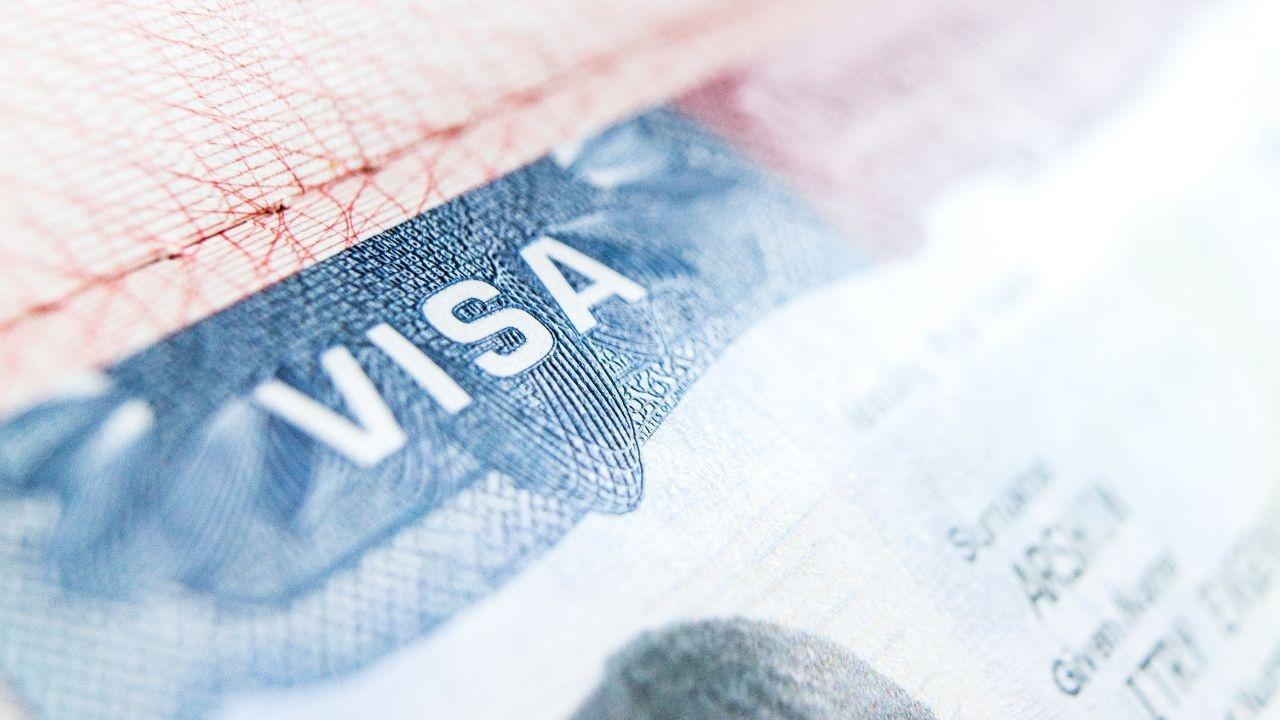
Join 10k+ people to get notified about new posts, news and tips.
Do not worry we don't spam!

Post by : Samjeet Ariff
Disclaimer: This article is for informational and educational purposes only. It does not constitute financial advice. Always consult a certified financial advisor before making major borrowing or investment decisions.
Debt is often seen as something negative — a burden to avoid. But in reality, not all debt is bad. When used wisely, certain types of debt can actually help you grow financially, improve your credit score, and build long-term wealth.
The key is knowing how to tell the difference between good debt and bad debt — and how each affects your financial future.
Good debt is any borrowed money that helps you generate income, increase your net worth, or improve your long-term financial position. It’s an investment in your future that has the potential to pay off over time.
Common examples include:
Student loans: Education can lead to better job opportunities and higher lifetime earnings.
Home loans (mortgages): Property often appreciates in value, helping you build equity.
Business loans: Borrowing to expand or start a business can yield long-term profits.
Good debt is usually tied to an asset — something that grows in value or produces income.
For example:
If you borrow money to buy a rental property that brings in monthly rent exceeding your loan payments, your debt is actually working for you.
Bad debt, on the other hand, is borrowing money to buy things that depreciate in value or don’t generate income. It often comes with high interest rates and no lasting benefit.
Common examples include:
Credit card debt: Buying unnecessary items on credit and paying high interest rates.
Personal loans for vacations or luxury items: Short-term enjoyment, long-term repayment.
Car loans (in most cases): Cars lose value the moment they leave the showroom.
Bad debt drains your cash flow, increases financial stress, and prevents you from saving or investing effectively.
| Factor | Good Debt | Bad Debt |
|---|---|---|
| Purpose | Helps you build wealth or increase income | Spent on non-essential, depreciating items |
| Returns | Provides future financial benefits | Offers short-term satisfaction |
| Interest Rate | Often lower or tax-deductible | Typically high and compounding |
| Impact on Credit | Can improve credit if managed well | Can damage credit if misused |
| Example | Home loan, student loan, business loan | Credit card debt, payday loan, luxury spending |
1. Borrow only for appreciating assets or income growth.
Before taking any loan, ask: Will this purchase make or save me money in the future? If not, it might be bad debt.
2. Keep your interest rates as low as possible.
Shop around for better rates or consider refinancing options if you already have existing loans.
3. Maintain a strong credit score.
Good credit history allows you to access lower-interest loans and better financial opportunities.
4. Avoid borrowing for lifestyle upgrades.
New phones, gadgets, or vacations should come from savings — not credit.
5. Pay off high-interest debt first.
Use the avalanche method (tackle highest interest rates first) or snowball method (clear smallest balances first) to reduce debt efficiently.
When used wisely, good debt can accelerate your financial growth. Here’s how:
Home equity grows as you pay off your mortgage and property value increases.
Education loans can lead to better-paying jobs, increasing your earning potential.
Business financing can help expand operations, resulting in higher long-term profits.
In essence, good debt is an investment — it should make you more money than it costs over time.
If you’re constantly using credit cards to cover basic expenses or if your debt payments take up more than 30% of your monthly income, that’s a red flag.
Other warning signs include:
Paying only minimum amounts on your credit cards.
Borrowing to repay another loan.
Ignoring monthly statements or feeling stressed about bills.
Bad debt doesn’t just impact your wallet — it can affect your mental well-being and limit future opportunities.
Create a debt management plan. List all debts, interest rates, and due dates to stay organized.
Build an emergency fund. Having at least three to six months of savings prevents unnecessary borrowing.
Invest while repaying good debt. Don’t stop saving or investing entirely — strike a balance.
Seek professional guidance. Financial advisors can help structure repayment plans or refinancing strategies.
Debt itself isn’t the enemy — how you use it determines your financial future. Good debt can open doors to wealth, education, and stability. Bad debt can trap you in a cycle of repayments and regret.
If you treat borrowing as a tool rather than a shortcut, you’ll be able to make smarter financial decisions, build assets, and maintain control over your money.
Remember: it’s not about avoiding debt completely — it’s about using it wisely.
#good debt vs bad debt #understanding debt for beginners #smart borrowing tips #how to manage debt #financial literacy basics #wealth building through loans #bad debt examples










Norris Claims São Paulo Victory, Verstappen's Remarkable Recovery
Lando Norris triumphed in São Paulo, while Max Verstappen surged from 19th to third place, showcasin

Jemimah Rodrigues Brings Humor to Her Brisbane Heat Arrival
Jemimah Rodrigues lightheartedly discussed her arrival at Brisbane Heat following India's World Cup

Rain Disrupts Fourth T20 Match Between New Zealand and West Indies
Heavy rain forced the cancellation of the fourth T20 match, leaving New Zealand leading the series 2

Shafali Verma: From Struggles to World Cup Triumph
Shafali Verma shares her journey of hard work and determination that led to a stellar performance in

Rajasthan Royals Eye Major Trade: Sanju Samson to Join CSK
Rajasthan Royals may trade captain Sanju Samson to CSK for Jadeja and Curran in a landmark IPL 2025

Hasan Nawaz Excluded from Pakistan's ODI and T20I Squads
Pakistan has excluded batter Hasan Nawaz from their upcoming ODI and T20I series, directing him to c